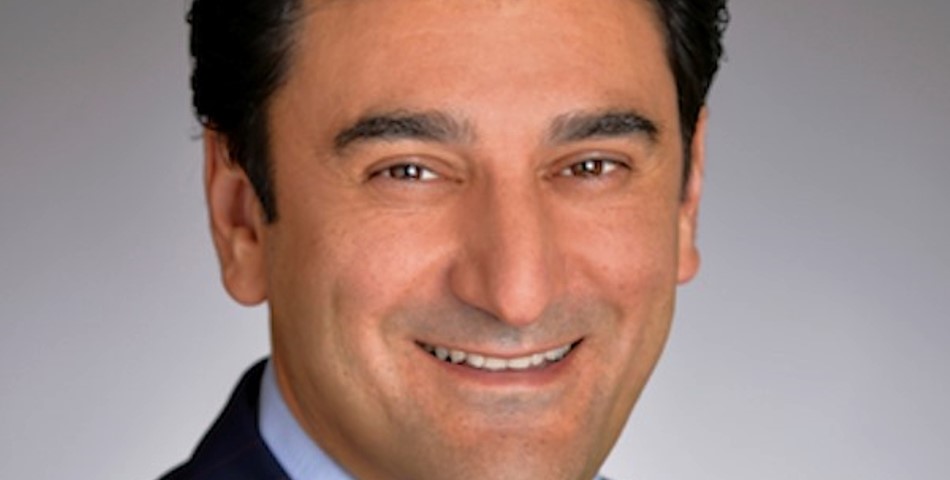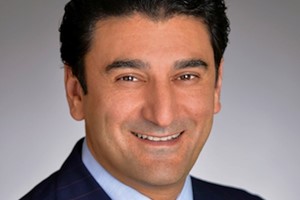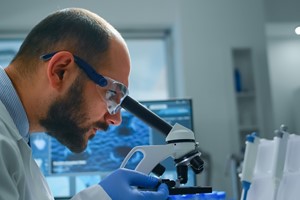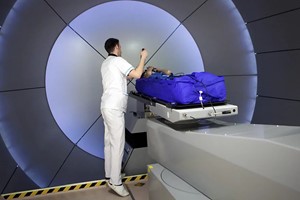Arab Health, the MENA region’s largest exhibition for healthcare and trade professionals, will address the issue of lower back pain and the burden placed on the healthcare sector and the global economy. Research by the Institute for Health Metrics and Evaluations, based at the University of Washington and Seattle and funded by a USD250 million grant from the Bill and Melinda Gates Foundation, found that the number one reason for years lived with disability (YLD) is lower back pain, with the cost to the US economy estimated to be USD102 billion.
Dr Nick Shamie, Professor of Orthopaedic Surgery and Neurosurgery, UCLA School of Medicine, Los Angeles, California, will address delegates during the Primary Care Conference at Arab Health with the presentation, Back problems: An evidence-based approach to low back pain in primary care: fracture and osteoporosis management.
Speaking ahead of the conference, he said: “Lower back pain is a huge area of concern with 90 percent of people affected by the condition at some point in their life. Interestingly, once someone goes to their doctor with lower back pain, when approached a year later, 60 percent said the symptoms still persisted.
“Lower back pain, therefore, has a huge burden on society with both the initial healthcare costs and then the indirect costs over the lifetime of the individual, which include the loss of wages and the subsequent impact on the economy.”
According to research highlighted by Dr Shamie there is a significant prevalence of back pain in the UAE with some 60 percent of residents affected by the condition. According to the National Institute of Neurological Disorders and Stroke (NINDS), the majority of low back pain cases are the result of an injury, such as muscle sprains or strains due to sudden movements or poor body mechanics while lifting heavy objects.
In the UAE, Dr Shamie highlighted possible causes as higher BMI, lack of regular outdoor exercise and in the older population, osteoporosis – a condition which is more prevalent in the UAE compared to other parts of the world due to people covering up from the intense sun and therefore experiencing a reduced vitamin D level – as risk factors.
“Back pain can be looked upon similarly to cardiac disease. If a family has a history of cardiac-related problems, they tend to focus on eating more healthily and exercising regularly. The same is true of back pain - if back pain is prevalent, it is important to take greater care when looking after your back,” Dr Shamie said.
“Body mechanics is critically important as increasingly we find ourselves in a seated position, particularly behind computers. As this has biomechanically shown to put more pressure on the disks in our spine when compared to standing, it is important to get up every hour to walk around and stretch, otherwise people face the very real prospect of disk disease or degeneration,” he added.
When discussing the biggest advances in treatment for back conditions in the last 20 years, Dr Shamie cites a greater understanding of the causes of lower back pain and the subsequent correct diagnosis which avoids improper treatment and, in some instances, unnecessary surgery which can lead to greater chronic disability.













